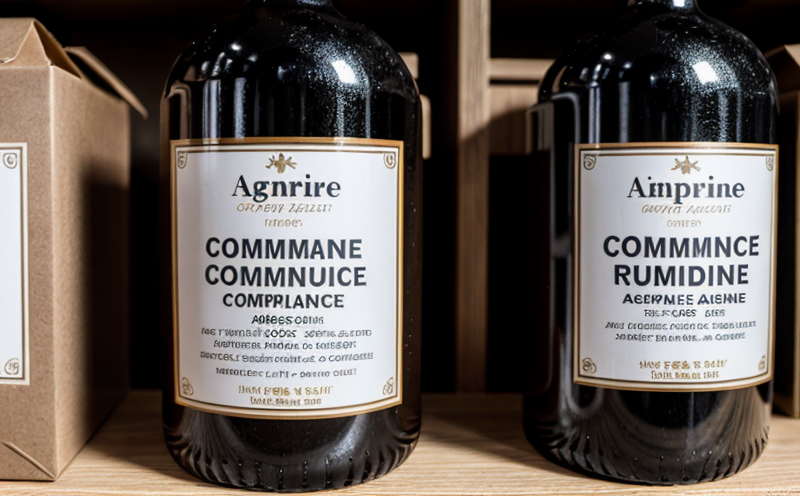EN 71-1 Age Suitability for Infant Toys
The European Standard EN 71-1 is a crucial document in ensuring that toys are safe and suitable for their intended age group. This standard specifically addresses the physical properties of toys designed for infants, from birth up to and including the first birthday. The primary focus is on preventing injuries caused by small parts or sharp edges, which can be particularly hazardous when used by very young children.
Under EN 71-1, infant toys are categorized into three main groups based on their physical characteristics:
- Group I: Toys for infants from birth to around 6 months
- Group II: Toys for older infants aged approximately 6 to 12 months
- Group III: Toys suitable for children aged one year and above.
The standard mandates that toys in Group I must not contain small parts or components that could pose a choking hazard. This includes ensuring that any detachable elements, such as buttons, tabs, or other protrusions on the toy, are securely attached to prevent them from becoming accessible to the infant.
For Group II toys, additional safety measures are required. These include checks for sharp edges and points, as well as ensuring that there is no risk of the toy breaking into small parts under normal use or reasonable foreseeable abuse. The standard also specifies requirements for the flammability of materials used in these toys.
The compliance process involves thorough testing to ensure that all components meet the stringent criteria outlined in EN 71-1. This includes detailed inspections and mechanical tests, such as pull tests on small parts to verify their stability. The tests are conducted using specific apparatus designed to simulate real-world conditions that infants might encounter when playing with toys.
Compliance officers and quality managers play a critical role in ensuring that products meet the standards set by EN 71-1. They must understand the nuances of infant psychology and development, which informs decisions on design and material selection for these toys. R&D engineers focus on developing new materials and designs while adhering to the strict safety guidelines. Procurement teams ensure that raw materials are sourced from suppliers who can meet these stringent requirements.
The process begins with a review of the product specifications against EN 71-1, followed by prototype development and initial testing. Once prototypes pass the initial tests, larger production runs undergo more comprehensive checks to confirm consistency across all units. Detailed reports are generated from each test run, which document any deviations from the standard.
Testing laboratories specializing in this area use sophisticated equipment calibrated according to international standards like ISO 8124-1. These labs also employ skilled technicians who have extensive experience interpreting results and advising clients on necessary adjustments to meet compliance requirements.
In conclusion, ensuring compliance with EN 71-1 is essential for manufacturers of infant toys to protect the health and safety of young children. By adhering strictly to these guidelines, companies can build trust with consumers while avoiding potential legal issues or recalls due to non-compliance.
Industry Applications
- Manufacturing infant and toddler toys
- Developing new toy designs that meet regulatory standards
- Sourcing materials for infant toys compliant with EN 71-1
- Ensuring consistent quality in production processes through regular testing
- Designing packaging that accurately reflects the age suitability of the product
The application of EN 71-1 extends beyond just manufacturing and design; it also influences market trends. As consumer awareness about toy safety continues to grow, companies are increasingly focusing on creating products that not only meet but exceed regulatory requirements.
Quality and Reliability Assurance
The process of ensuring quality and reliability in EN 71-1 compliance involves multiple stages:
- Initial Design Review: Before any manufacturing begins, the design of the toy is reviewed against the requirements of EN 71-1 to ensure it will meet all necessary criteria.
- Prototype Testing: Once prototypes are created, they go through rigorous testing to identify potential issues early in the development cycle. This helps minimize costs and delays associated with redesigning products later on.
- Production Line Inspection: During large-scale production, every batch of toys is inspected for adherence to EN 71-1 standards. Any deviations must be corrected immediately to maintain consistency across all units produced.
- Final Quality Checks: Before products are shipped to retailers or distributors, they undergo final quality checks to ensure they comply with the latest version of the standard.
Regular audits and updates based on new research and developments in child development further enhance the reliability of toys produced under this standard. By staying current with these changes, manufacturers can continue providing safe and appropriate play items for infants and toddlers.
International Acceptance and Recognition
The European Standard EN 71-1 is widely recognized not only within the EU but also internationally. Many countries around the world adopt similar standards or incorporate elements of EN 71 into their own regulations, recognizing its effectiveness in promoting child safety.
ISO 8124-1, which aligns closely with EN 71-1, is used as a reference point for many nations outside Europe. This international alignment ensures that toys intended for export to different markets comply with the most stringent safety regulations available globally.
By adhering to these standards, manufacturers demonstrate their commitment to producing safe and reliable products. This reputation enhances brand loyalty and fosters long-term relationships with customers who prioritize child safety when making purchasing decisions.





